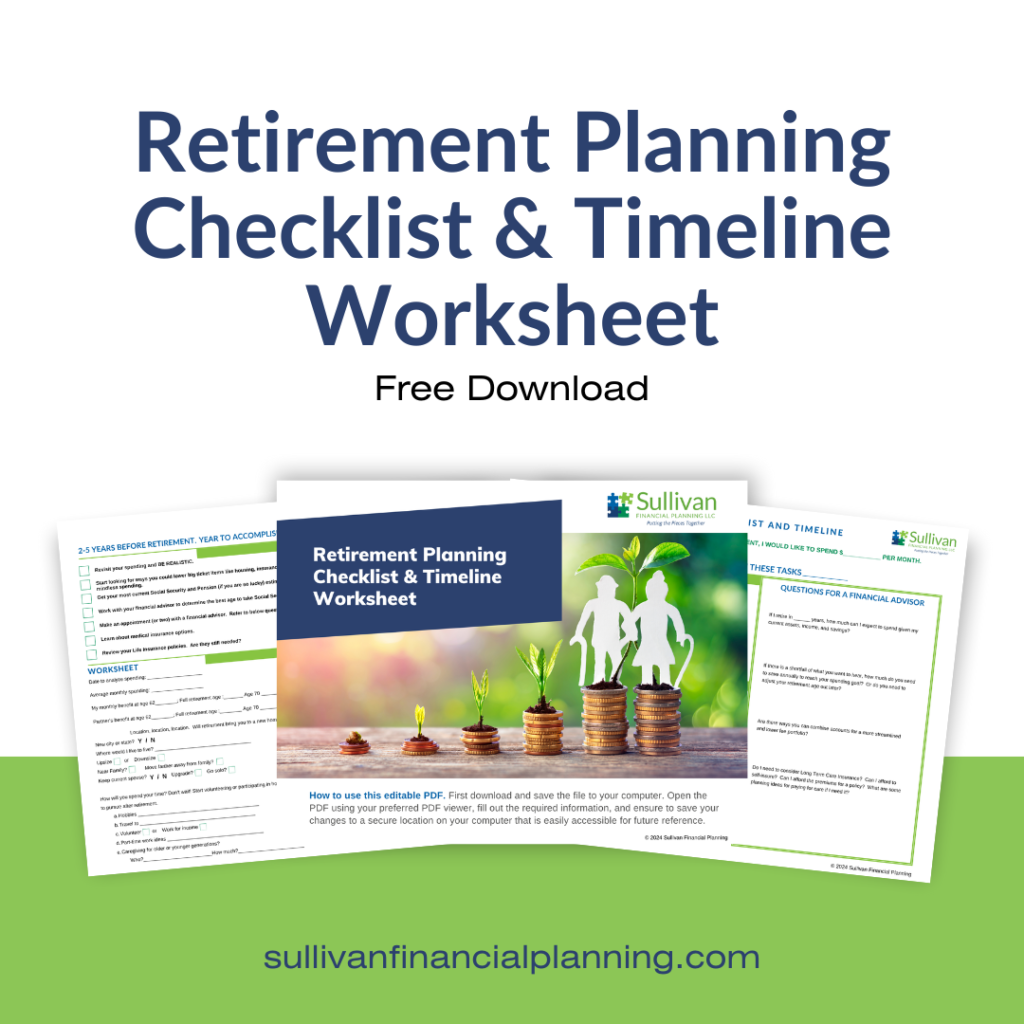In times of uncertainty (rising interest rates, tariff wars), investors understandably want predictability, even if it means sacrificing return.
Cash (savings accounts, money markets) offer stability, but not much interest. For people who are working, I suggest you keep 3-6 months of expenses in cash for emergencies and invest the rest for longer term growth. For retirees, a bigger cash cushion (1-2 years of expenses needed from your portfolio) makes more sense to insulate your need to pay bills from a recession.
Bonds offer better interest than cash, less volatility than stocks, but still do rise and fall in value. Buying individual bonds can relieve some of this uncertainty. Bonds mature at a pre-determined date and pay a set amount of interest in the meantime. However, bonds sell in $1,000 increments, so it can take a lot of money to build a diversified bond portfolio.
Just as with stocks, most investors get their exposure to the bond market through bond mutual funds. Unlike individual bonds, bond funds invest in a large pool of bonds. As bonds in the mutual fund mature to cash, the fund manager buys more bonds. These products don’t have a set maturity date. The interest earned is usually better than money markets, and the principal of your bond fund can grow over time. The principal can also drop, with no set date when it might come back up.
Here’s another option
Enter a new-ish investment option: Defined Maturity Bond Funds. Sometimes they are also referred to as Target Maturity Bond Funds. These mutual funds invest in bond that all mature in the same year. As the bonds in the fund mature to cash, they are not reinvested to buy more bonds. At the end of the defined year, the whole fund will be in cash, effectively maturing like an individual bond.
These products offer an interesting way to take some of the uncertainty out of bond investing without the hassle and high capital need of creating your own bond ladder or bond portfolio.
In researching the investment firms offering Defined Maturity Bond products, I’ve seen some things to look out for:
1. Not all of the big brands are offering them. And those who do can have a limited selection. For example, Fidelity offers municipal defined maturity bond funds, but those aren’t great for IRA investors. Vanguard, an investor favorite, doesn’t seem to be offering the products at all.
2. Much of the inventory in this space is sold as ETFs (Exchange Traded Funds), not mutual funds. This means that prior to maturity, the shares of your bond ETF trade back and forth between investors like a stock or bond. The perception of the value of the ETF, not its net asset value (NAV) is what determines an ETFs pricing before maturity. With a Defined Maturity Bond ETF, after the holdings all mature to cash, the cash is sent to shareholders and the fund is liquidated.
If you have questions about how different bond products fit into your portfolio, contact me for an appointment!



